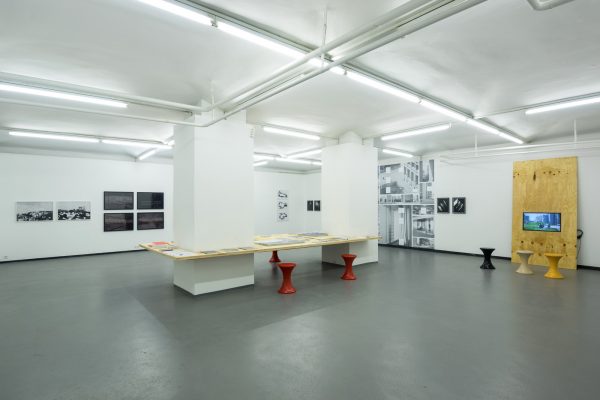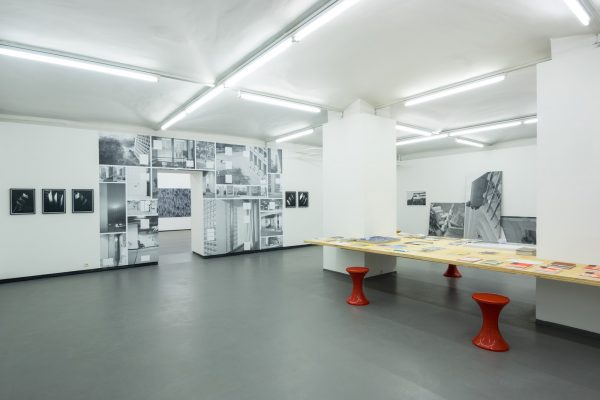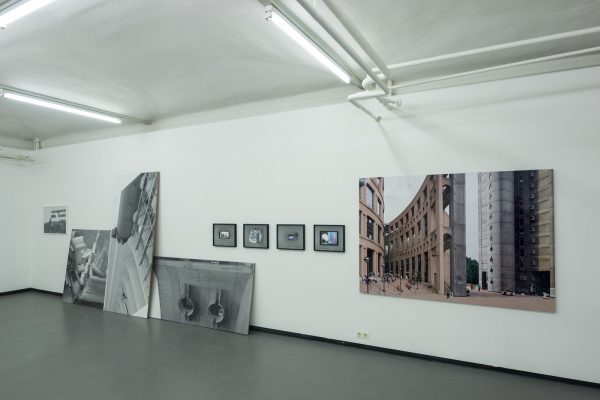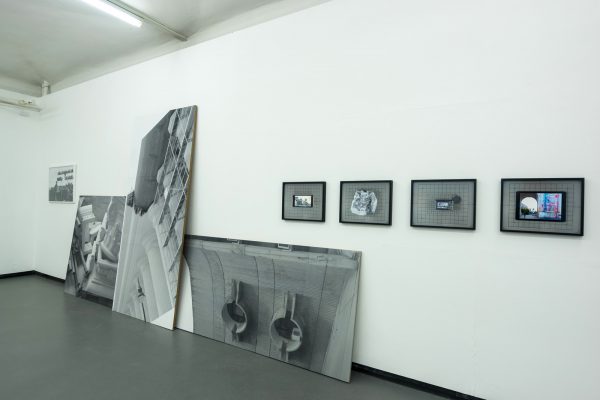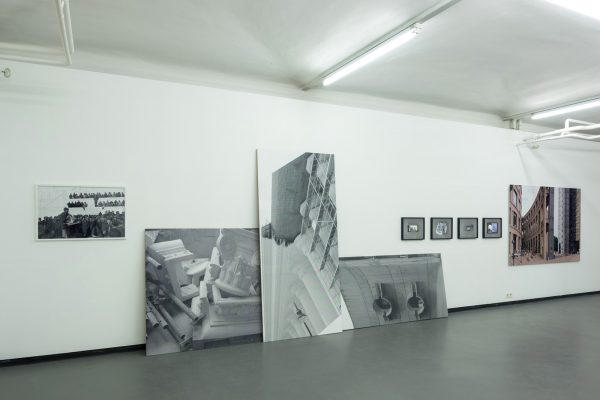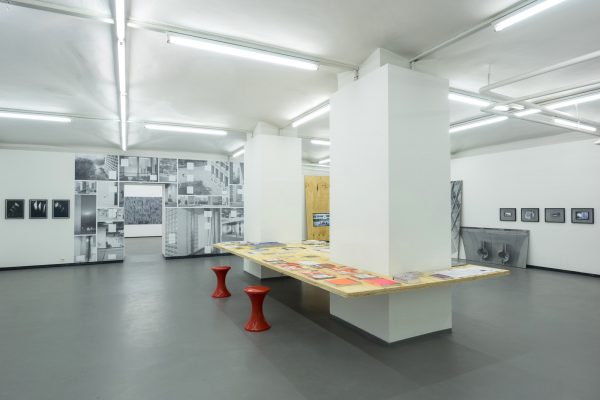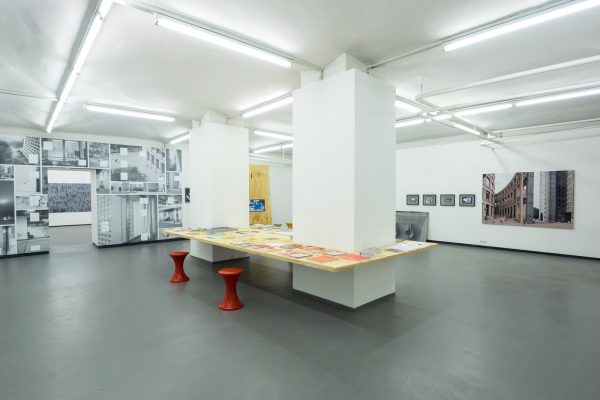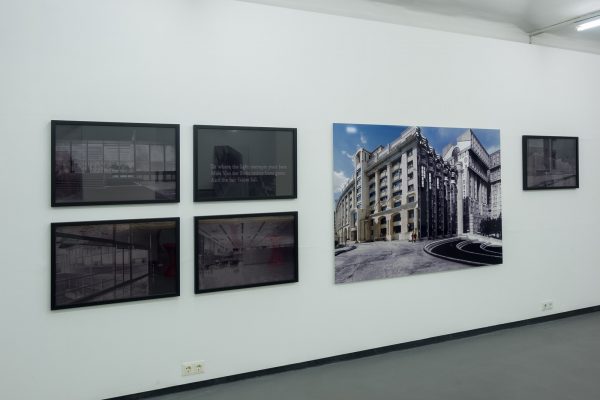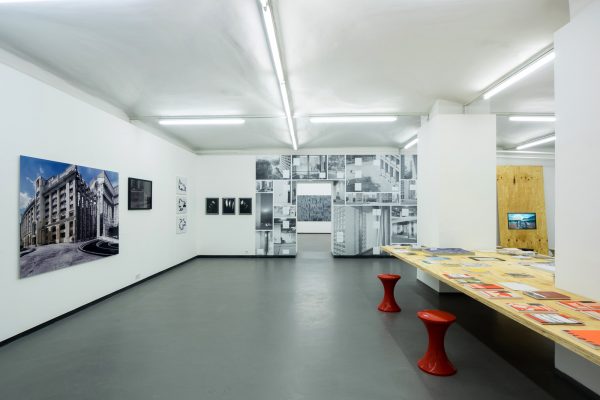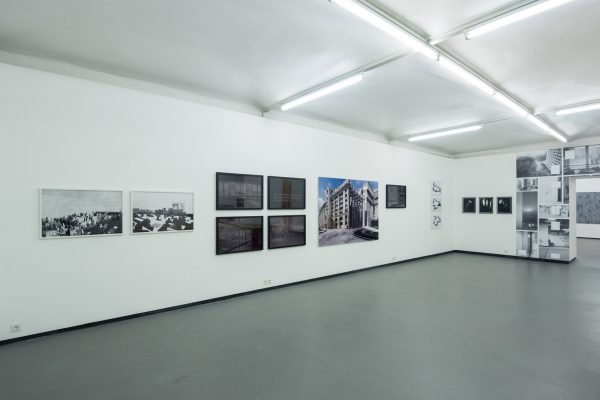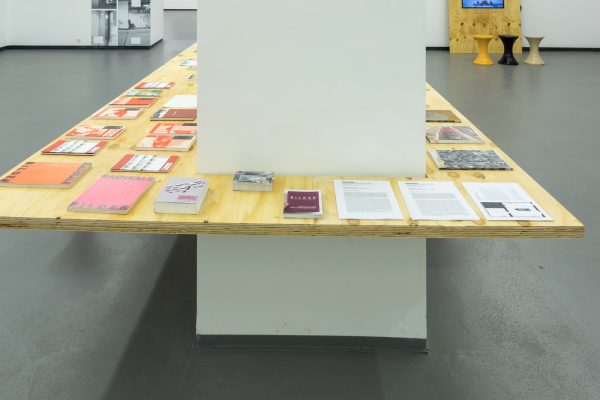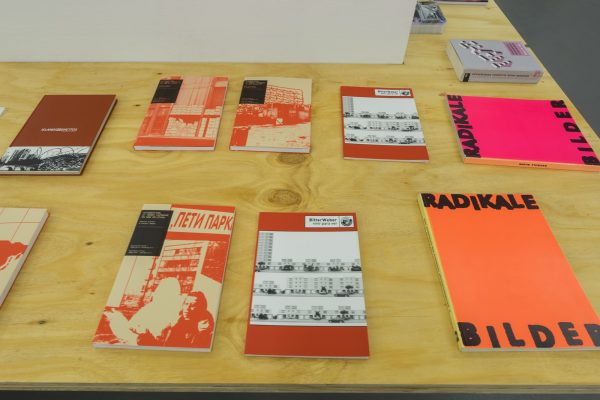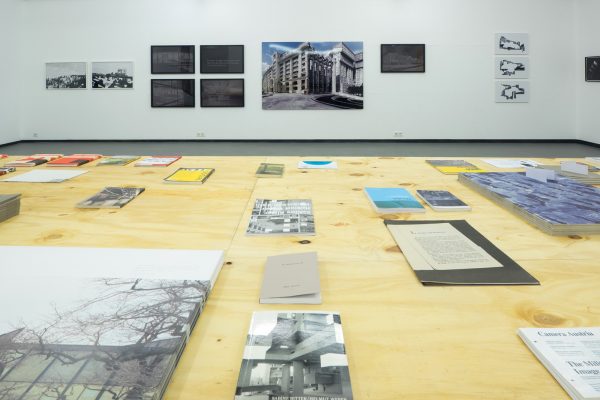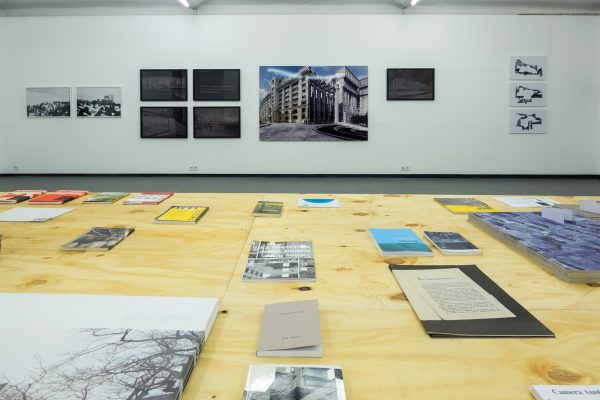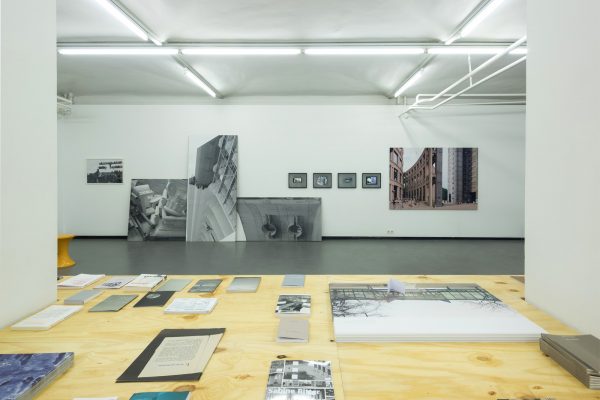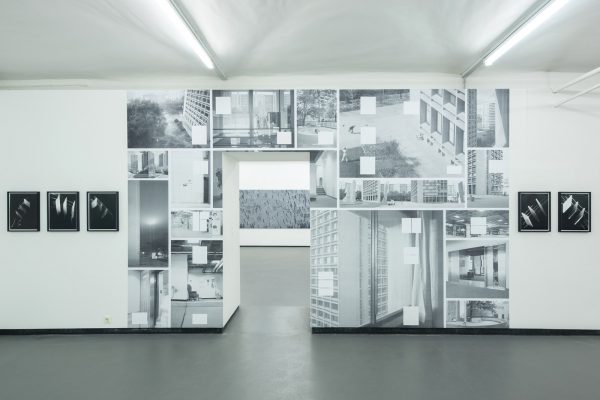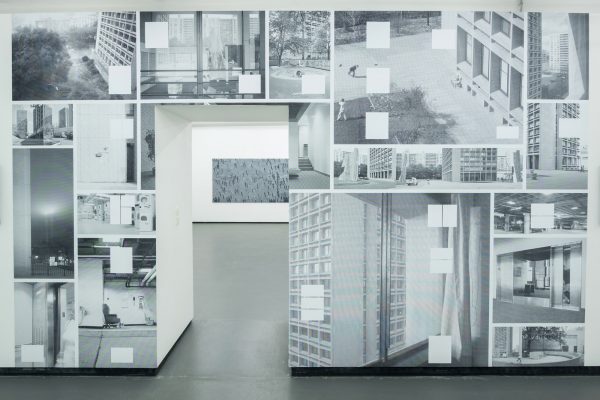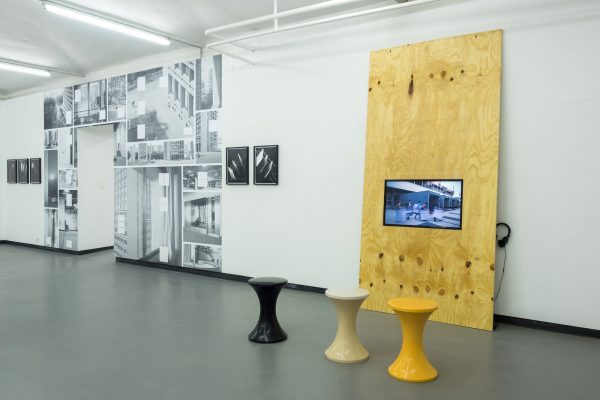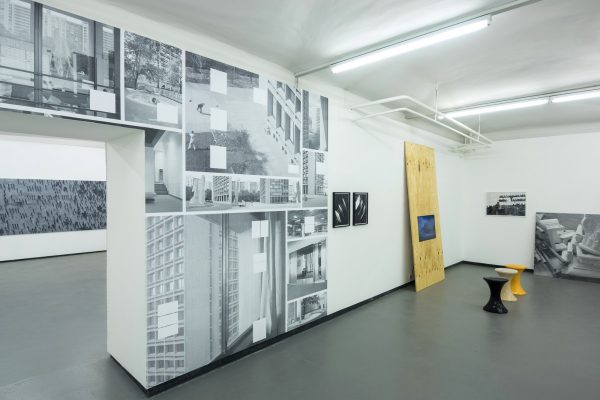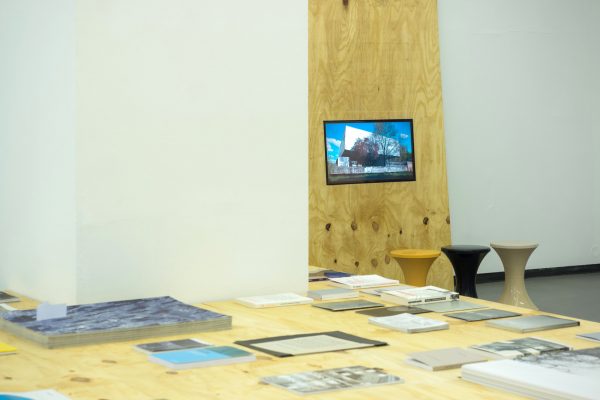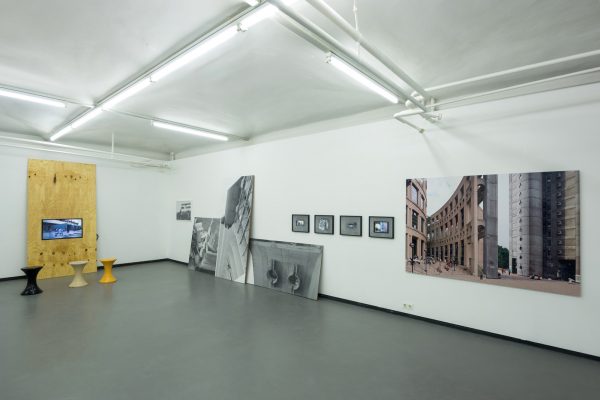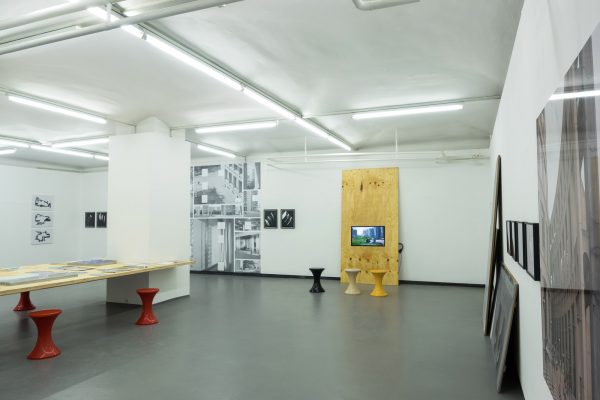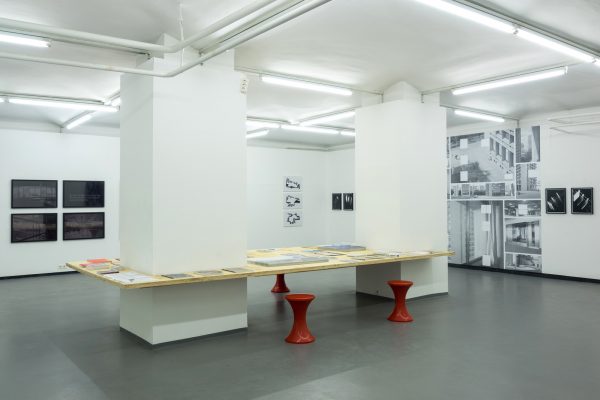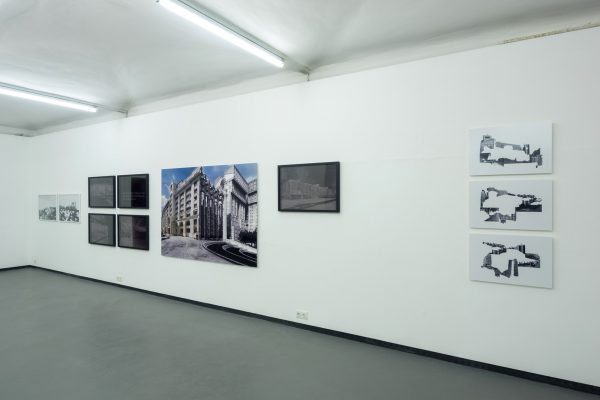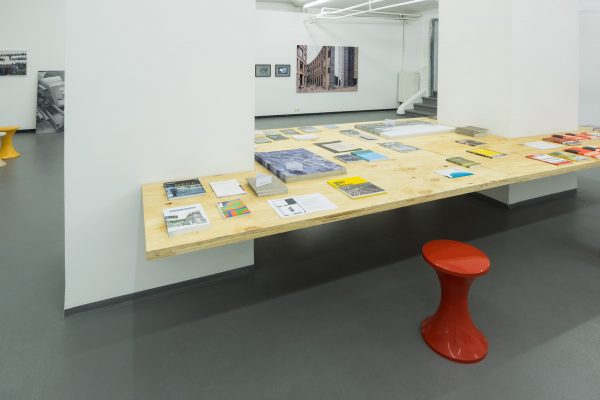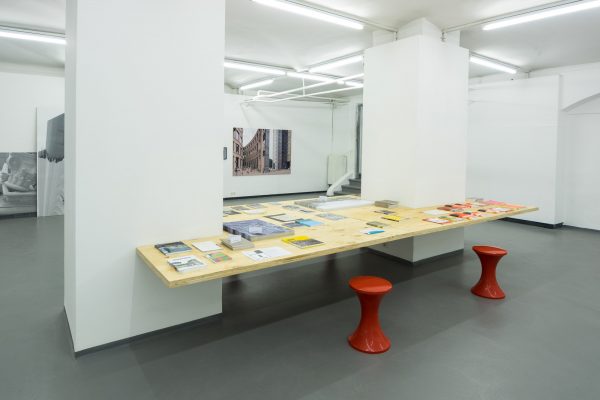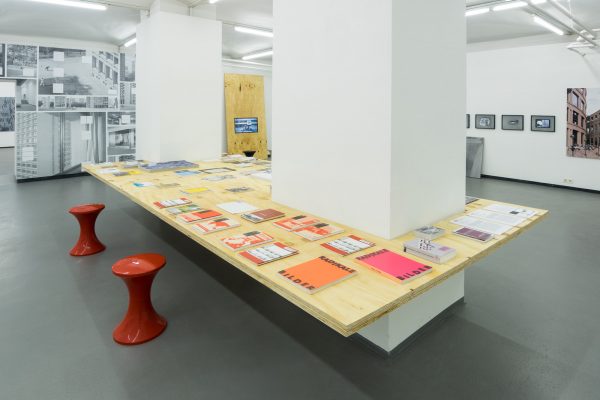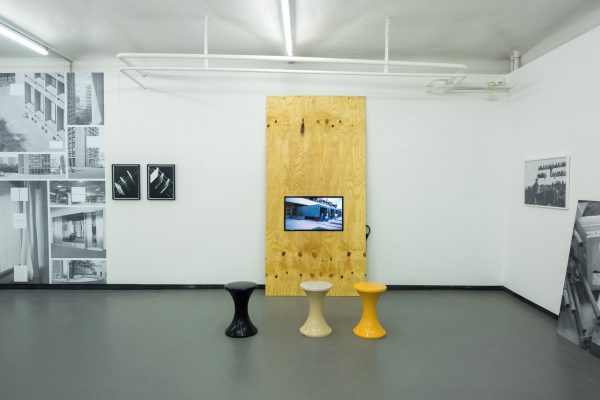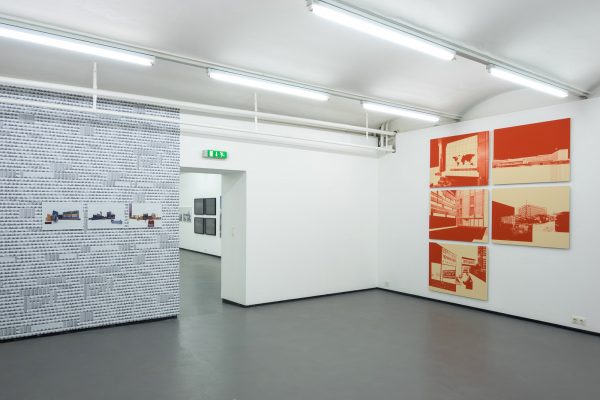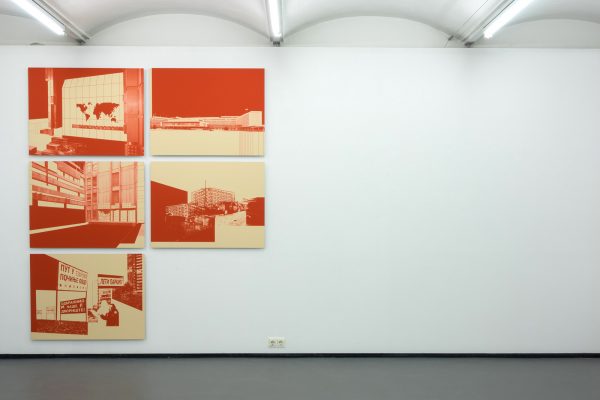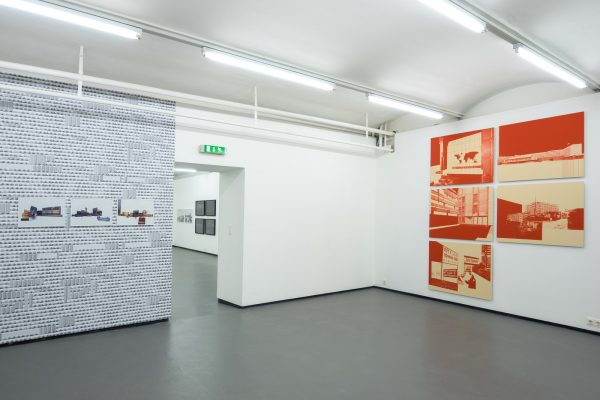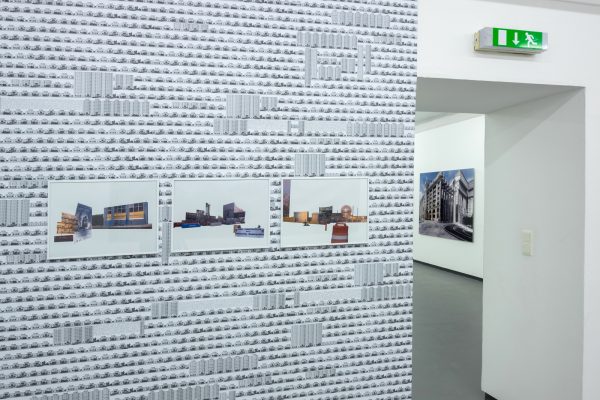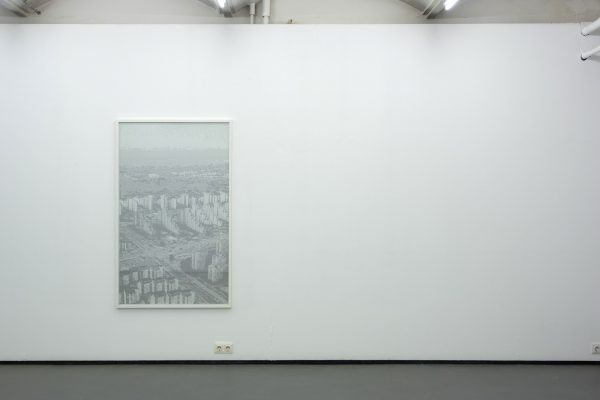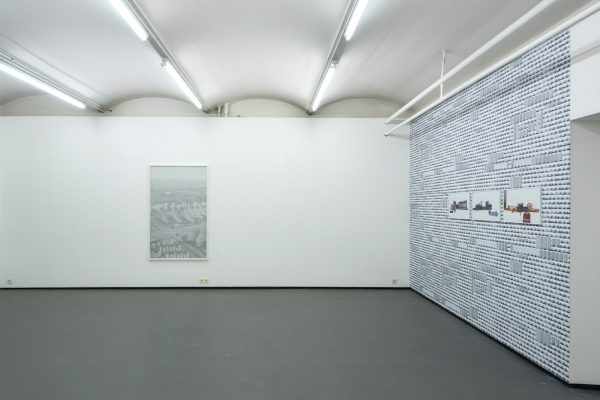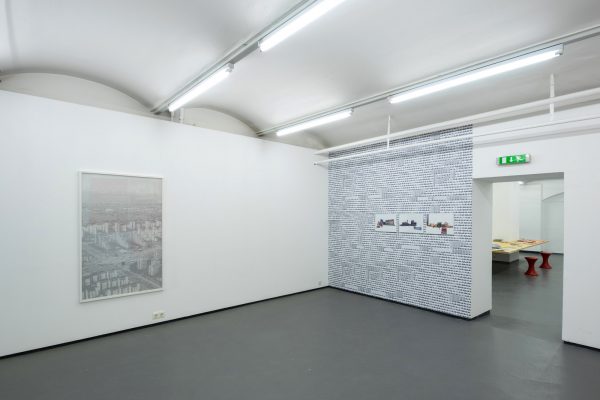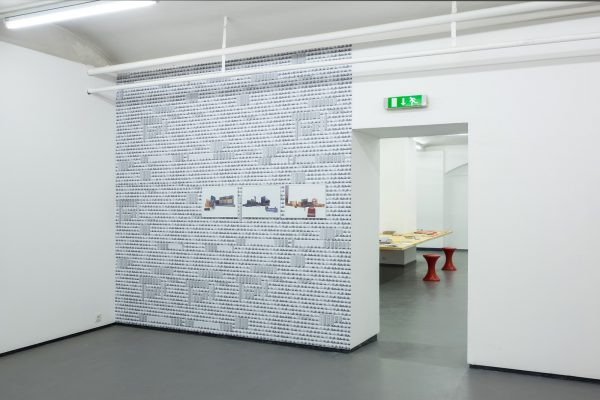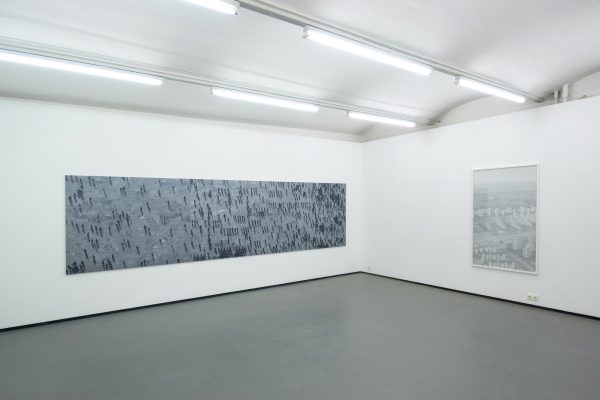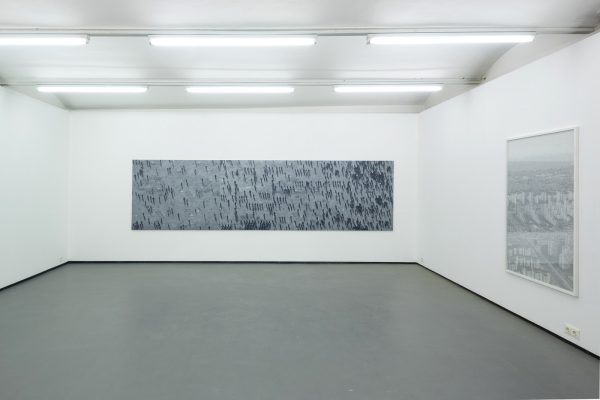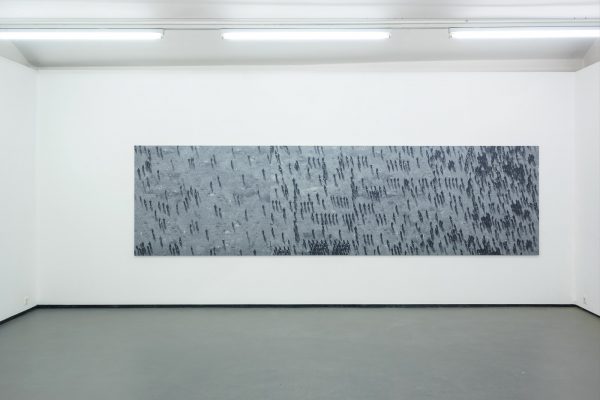Opening and Catalogue Presentation: Monday, 15 October at 7 p.m
Introduction: Reinhard Braun, Camera Austria, Graz
Artist talk: Tuesday, 6 November 2018 at 7 p.m
sponsored by: BKA Kunst; MA7-Kultur; Cyberlab
WERKSCHAU XXIII is the continuation of the annual series of exhibitions in the FOTOGALERIE WIEN which has been going on for the last twenty years. They present contemporary artists who have significantly contributed to the development of art photography and the new media in Austria. To date there has been a cross section of work by Jana Wisniewski, Manfred Willmann, VALIE EXPORT, Leo Kandl, Elfriede Mejchar, Heinz Cibulka, Renate Bertlmann, Josef Wais, Horáková + Maurer, Gottfried Bechtold, Friedl Kubelka, Branko Lenart, INTAKT – Die Pionierinnen (Renate Bertlmann, Moucle Blackout, Linda Christanell, Lotte Hendrich-Hassmann, Karin Mack, Margot Pilz, Jana Wisniewski), Inge Dick, Lisl Ponger, Hans Kupelwieser, Robert Zahornicky, Ingeborg Strobl, Michael Mauracher, PRINZGAU/ podgorschek, Maria Hahnenkamp and Robert F. Hammerstiel. For WERKSCHAU XXIII we have invited the artists Sabine Bitter & Helmut Weber.
The artists Sabine Bitter and Helmut Weber, who have worked together since 1993, have a special position within the canon of Austrian – and in the meantime international – artistic practice of photography. From early on – and continuing up to the present – social processes of transformation during the transition from modernity to neoliberal globalism have been central to their projects. These they examine by taking examples from the fields of architecture, urban development and urbanism though they are not solely concerned with representations of these transformations. For them, photography is a field of praxis that analyses pictorial conventions and ideologies of photographic images, subjecting them to various forms of intervention. The photographic procedures (such as solarisation), digital re-working, pictures generated from texts, the sculptural extension of the presentation and the various methods of montage almost never leave the images untouched. By employing a photographic technique as an intervention architectural photography turns into a representation of the political history of architecture; a digital montage of a crowd elucidates the fact that images allocate us a place; eliminating architecture from images draws our attention to forms of appropriation of urban spaces, pointing up their meaning as a political forum for negotiating society. Finally, the montages clarify the liquefaction of urban space and its functions as well as the unbroken potential for interventions and so the permanent presence of power in this post-urban space. Photography becomes a site where perception and knowledge, context and history, politics and cultural practices intersect in order to alter the images themselves and enabling other images and, ultimately, another conceivable present. However, these pictures are not just the result of research, analysis or criticism: the politics of their images, if one can put it like that, happens in and as an image. For these reasons the retrospective should not be considered as an overview or selection of works but, rather, as a review of their praxis as aesthetic production that brings the impulse of the images themselves to the fore.
A specific dramaturgy will be developed for the FOTOGALERIE WIEN to create a field within which the images relate to and with each other, which also reveals the shifts and displacements that Bitter/Weber effect on the images and shares these revelations with exhibition visitors.
(textual support: Reinhard Braun)
